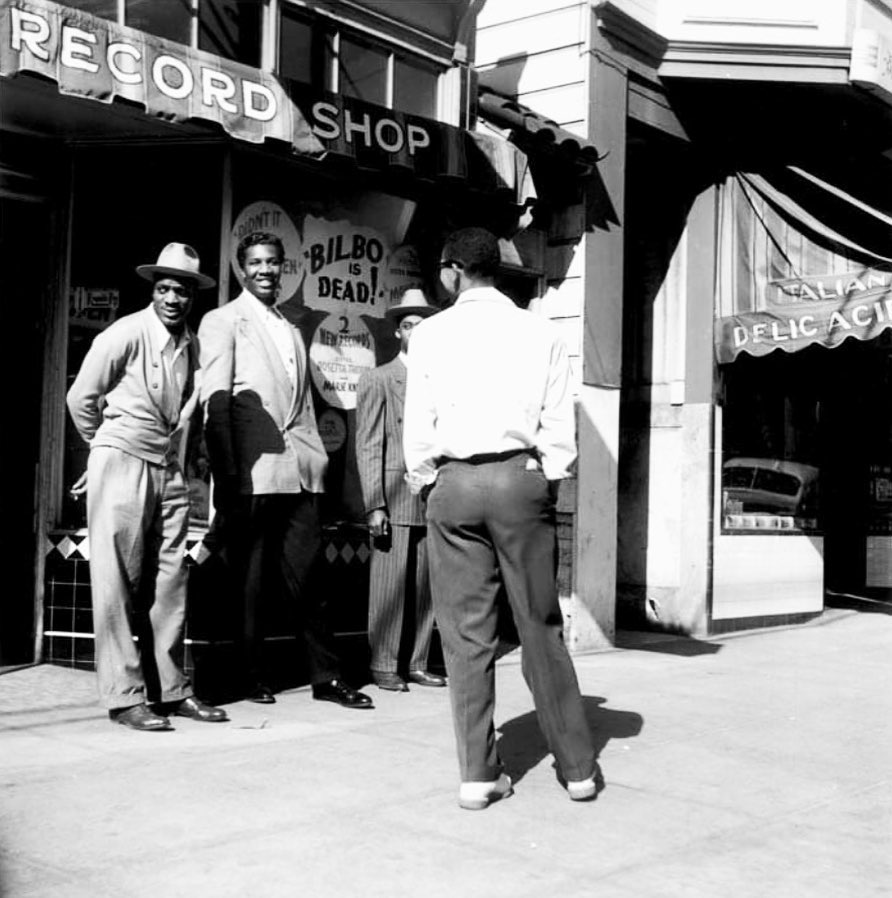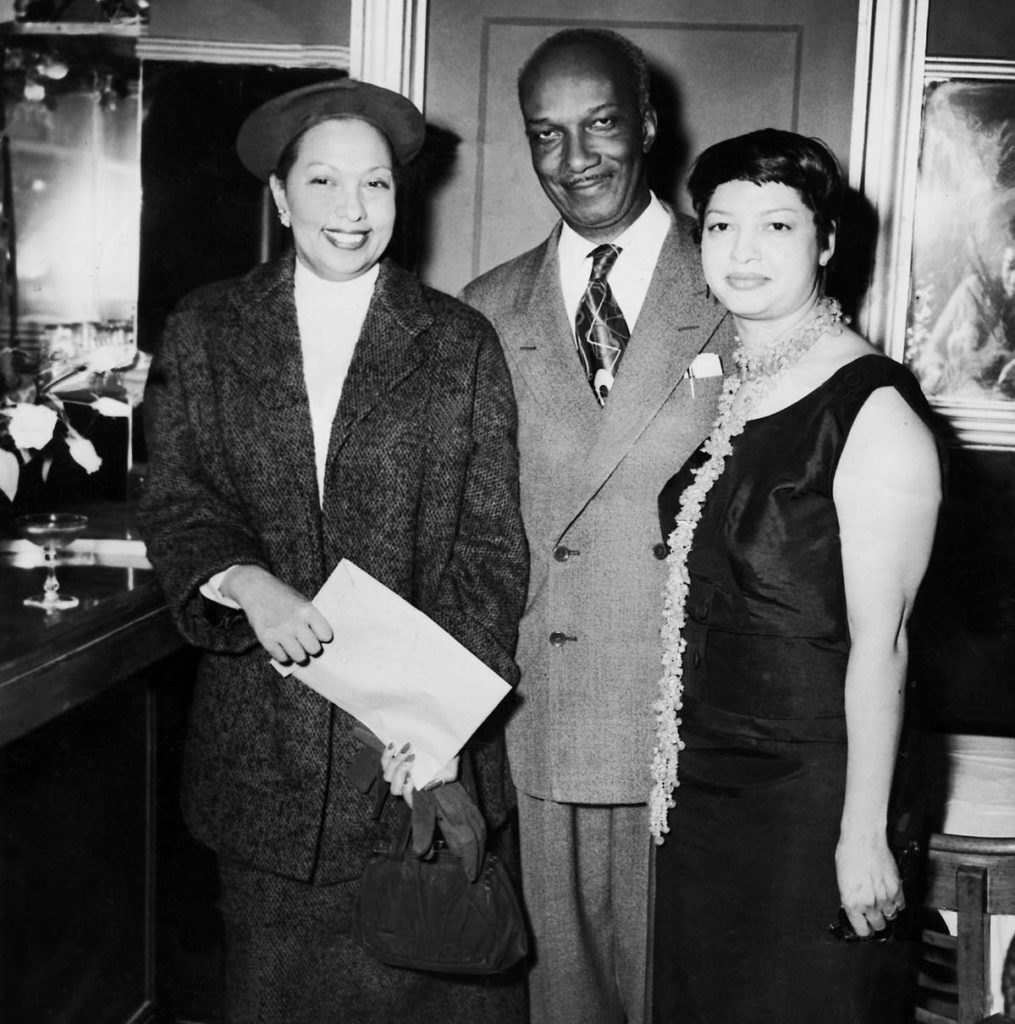
Once upon a time, San Francisco had its own Harlem, and this Harlem had a queen.
A “fast-talking,” “show-me-what-you-can-do” woman, one-part glamour and a million parts grit.
Her name was Leola King and she got her start running a barbeque pit at 1601 Geary Street. An homage to King’s native Oklahoma, it was built out of a log cabin and featured a fifty-foot smoke pit. The menu included smoked buffalo, deer, and quail.
How popular was Oklahoma King’s? Judging from the swanky Scott Street mansion Leola King eventually bought herself, it wasn’t just popular, it was epic.

Then one day she turned up to open the restaurant and saw that Oklahoma King’s had been laid to waste. Turns out the San Francisco Redevelopment Agency was fed up with trying to get King to sell her property. The restaurant was one of countless homes and businesses bulldozed into oblivion by the “urban renewal” projects that decimated the Fillmore jazz scene and eventually drove out the City’s African American community.
Leola King rallied—as phenomenal women will do. The Blue Mirror, King’s new club at 935 Fillmore Street, was small, but like its owner, it packed a mighty punch. Lena Horne, Ray Charles, Duke Ellington, Count Basie and Cab Calloway were just a few musicians that passed through King’s place. And Josephine Baker, Nat “King” Cole, Elizabeth Taylor and Sugar Ray Robinson? Oh, they were all her friends.

And then the San Francisco Redevelopment Agency came a second time.
She built another jazz palace. That was stolen too. She built another one. Gone, like the rest.
The last time, King refused to go quietly; she was forcibly removed by the sheriff. She spent the next quarter-century fighting for just compensation. She didn’t win, but when Leola King died in 2013, she died fighting.
Lance Burton, who grew up in the Fillmore and knew King in her heyday, wrote this about her in 2015: “Mrs. King was like a big movie star to many of us, a star who brought some very bright moments to our community—maybe the most golden period of years ever to have been seen in San Francisco.”


You can read more about Leola King and the Fillmore’s history in the photo-filled, gorgeous book Harlem of the West.
add a comment
+ COMMENTS